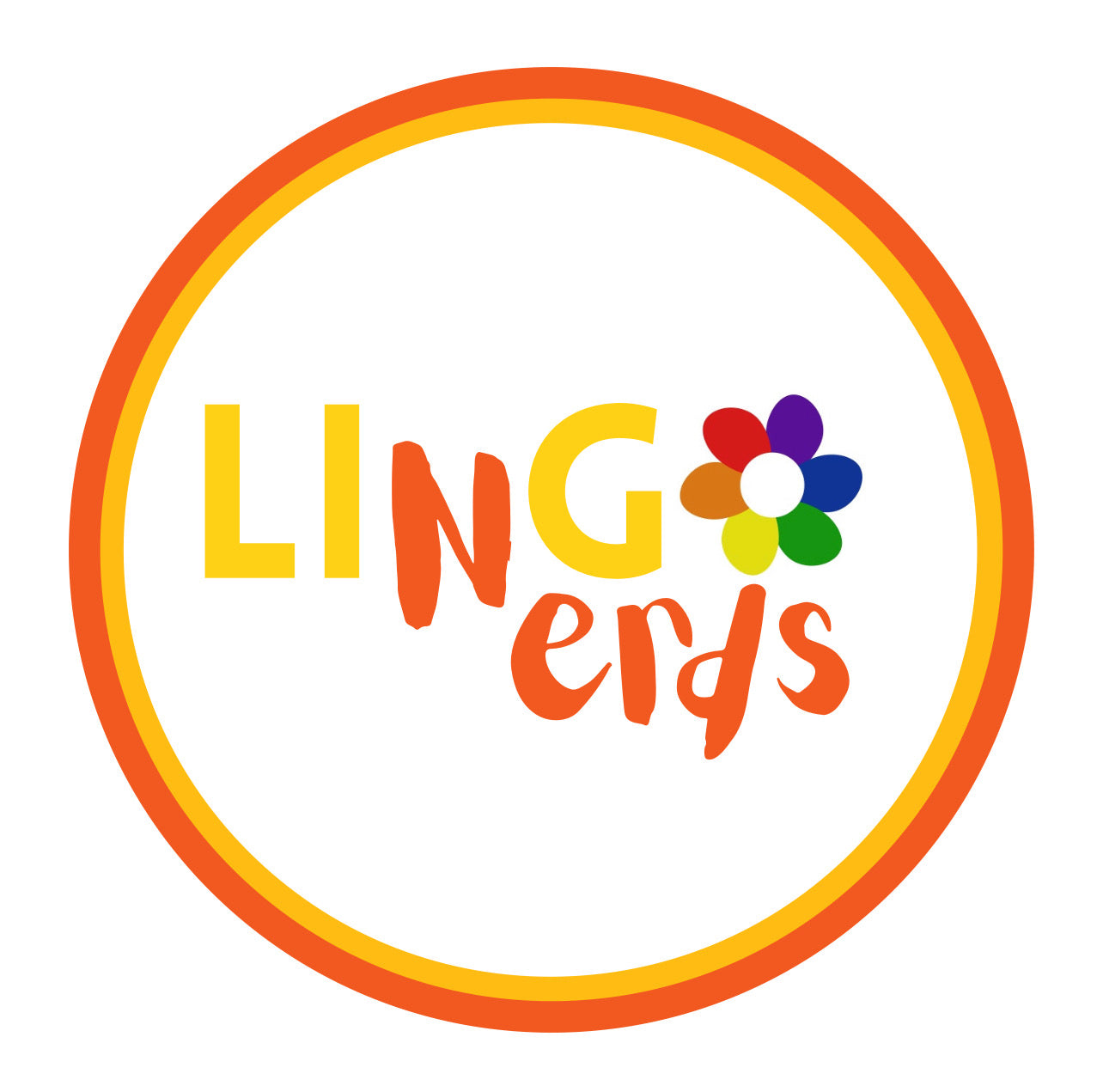Becoming bilingual is an exciting and rewarding journey. It takes time, effort, and dedication, but with consistent practice and the right strategies, you can achieve fluency in another language. Here are some steps to help you become bilingual:

Choose a Language
Decide which language you want to become bilingual in. Consider your personal interests, career goals, or the relevance of the language in your life.
Set Goals
Clearly define your language learning goals. Do you want to achieve basic conversational skills or native-like fluency? Setting specific, achievable goals will help you stay motivated and track your progress.
Immerse Yourself
Surround yourself with the language as much as possible. Watch movies, TV shows, and listen to music in the target language. Read books, newspapers, and magazines. Immerse yourself in the language to develop your listening and reading skills.
Take Classes or Find a Tutor
Enroll in language classes at a local institute or take online courses. Having structured lessons with a teacher can provide guidance, feedback, and accountability. If possible, hire a tutor for personalized instruction.
Practice Speaking
Speaking is crucial for becoming bilingual. Find opportunities to practice speaking with native speakers or language exchange partners. Join conversation groups, language meetups, or online forums. Don't be afraid to make mistakes; it's part of the learning process.
Use Language Learning Apps and Tools
There are many language learning apps and online tools available that can supplement your learning. Duolingo, Memrise, Babbel, and Anki are popular language learning platforms that offer interactive exercises and flashcards.
Create a Study Routine
Consistency is key when learning a language. Establish a regular study routine that fits your schedule. Dedicate a specific time each day to practice reading, writing, listening, and speaking in the target language.
Learn Grammar and Vocabulary
Understand the basic grammar rules of the language. Study verb conjugations, sentence structure, and word order. Expand your vocabulary by learning new words and phrases regularly.
Use Language in Daily Life
Find ways to integrate the language into your daily life. Label household items with sticky notes in the target language, change the language settings on your devices, or keep a journal in the language.
Travel or Study Abroad
If possible, immerse yourself in a country where the target language is spoken. This will give you the opportunity to practice your language skills with native speakers, experience the culture, and develop a deeper understanding of the language.
Becoming bilingual takes time and effort, but with consistent practice and the right approach, you can achieve fluency in another language. Remember to stay motivated, be patient with yourself, and enjoy the process of learning a new language!




